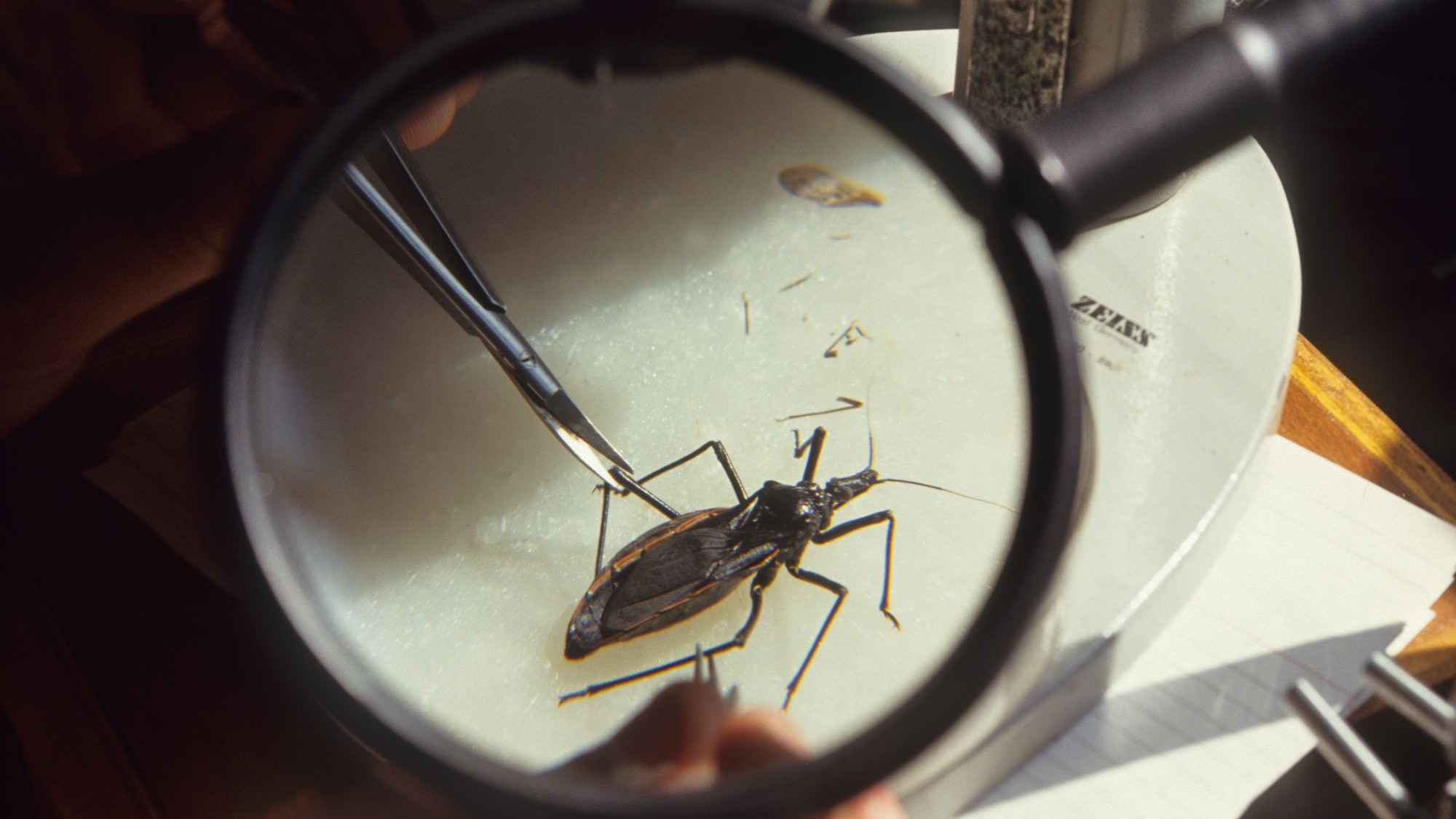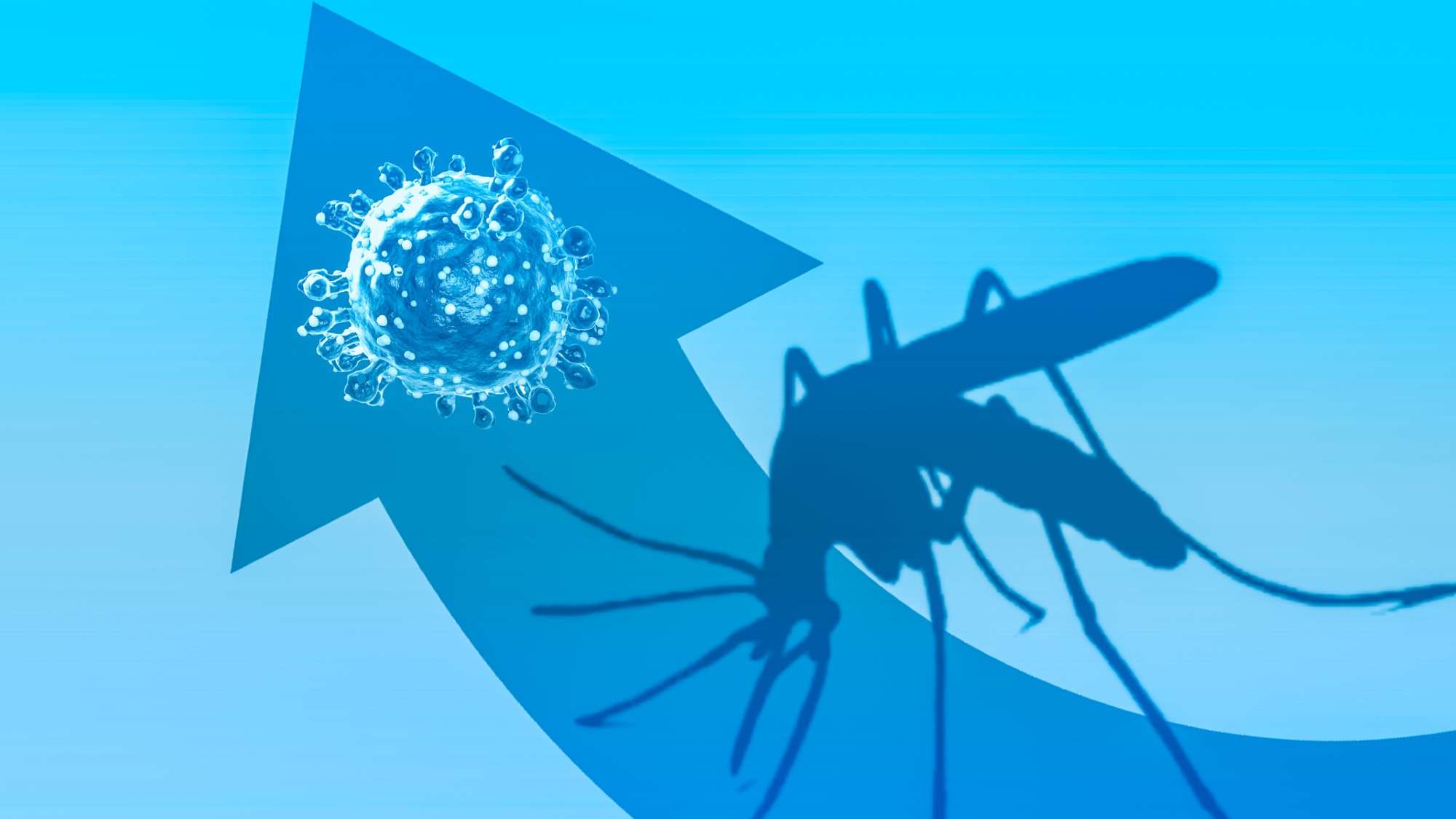This flu season could be worse than usual
A new subvariant is infecting several countries


Experts warn that flu season, which typically runs from October to May in the U.S., is slated to be worse than usual this year because of a new subvariant of the virus called H3N2 subclade K. This version is not reflected in the flu vaccine, which will likely lead to more cases and hospitalizations. The subvariant can cause similar symptoms to other flu viruses, including a sore throat, runny nose, muscle aches and fever.
‘Rapidly spreading’
Subclade K first appeared in June, four months after the makeup of this year’s flu shots had already been decided. The subvariant likely emerged while “circulating in the Southern Hemisphere,” where it “picked up seven new mutations,” said Forbes. Australia has had the “worst flu for seven years,” said Dr. Hilary Jones to The Independent. “What tends to happen there in their winter tends to follow here.”
There has already been an increase in hospitalizations for the flu in the U.K. and Canada, as flu season got off to an early start. The virus strain is “rapidly spreading and predominating in some countries so far in the Northern Hemisphere,” said Dr. Wenqing Zhang, the head of the World Health Organization’s Global Respiratory Threats Unit, during a media briefing. In the U.S., “seasonal influenza activity remains low nationally but is increasing,” said the CDC.
The Week
Escape your echo chamber. Get the facts behind the news, plus analysis from multiple perspectives.

Sign up for The Week's Free Newsletters
From our morning news briefing to a weekly Good News Newsletter, get the best of The Week delivered directly to your inbox.
From our morning news briefing to a weekly Good News Newsletter, get the best of The Week delivered directly to your inbox.
Unfortunately, there is not much data in the U.S. regarding cases of subclade K, largely because of the government shutdown. Even now that the government has reopened, the “hollowing out” of the CDC through layoffs could continue to delay data collection, said Dr. William Schaffner, an infectious diseases expert at Vanderbilt University Medical Center, to NBC News.
A ‘very bad season’
Because of its various mutations, the “H3N2 strain that’s in the flu vaccine this year may not match this subclade K very well,” said Forbes. Instead, the level of protection of the vaccine is closer to what experts usually “expect to see at the end of a flu season,” after the virus has had time to mutate, said Time. This year’s vaccine will recognize J versions of the flu virus; however, “since the circulating H2N2 strains have basically rolled over to subclade K version, your immune protection from the vaccine may not recognize the new H3N2 as well,” said Forbes.
As a result, this could be a “very bad season” for the flu, said Jones to The Independent. An earlier flu season with a new subvariant could lead to higher infection rates and more cases resulting in hospitalization. This could “overwhelm clinics, emergency rooms and hospitals, impeding the care of other health conditions,” said Forbes. Other respiratory diseases, including Covid-19, are also circulating.
‘Make your own way’
Despite the vaccine’s reduced effectiveness, it is still one of the best ways to protect yourself against the virus. Generally, the flu shot does not prevent infection but rather reduces its severity. When there’s a “good match” between the strains in the flu vaccine and what’s circulating, the vaccine can be around 60% effective, said Forbes. In seasons where there is a bad match, it can be as low as 30% effective. However, even 30% effectiveness is better than the 0% effectiveness of not getting the vaccine at all.
A free daily email with the biggest news stories of the day – and the best features from TheWeek.com
The flu kills thousands of people per year, and it is particularly dangerous to children, the elderly and the immunocompromised. Along with vaccination, frequent handwashing, disinfecting surfaces and staying home when presenting symptoms can help keep you and others safe. Without proper CDC reporting on the flu, “things are in disarray,” said Forbes. “That means you may have to make your own way with influenza H3N2 subclade K.”
Devika Rao has worked as a staff writer at The Week since 2022, covering science, the environment, climate and business. She previously worked as a policy associate for a nonprofit organization advocating for environmental action from a business perspective.
-
 Trump’s Comey case dealt new setback
Trump’s Comey case dealt new setbackspeed read A federal judge ruled that key evidence could not be used in an effort to reindict former FBI Director James Comey
-
 Moscow cheers Trump’s new ‘America First’ strategy
Moscow cheers Trump’s new ‘America First’ strategyspeed read The president’s national security strategy seeks ‘strategic stability’ with Russia
-
 Political cartoons for December 8
Political cartoons for December 8Cartoons Monday's political cartoons include ICE in the Big Easy, Warner on the wane, and a Putin peace deal
-
 Vaccine critic quietly named CDC’s No. 2 official
Vaccine critic quietly named CDC’s No. 2 officialSpeed Read Dr. Ralph Abraham joins another prominent vaccine critic, HHS Secretary Robert F. Kennedy Jr.
-
 Bluetoothing: the phenomenon driving HIV spike in Fiji
Bluetoothing: the phenomenon driving HIV spike in FijiUnder the Radar ‘Blood-swapping’ between drug users fuelling growing health crisis on Pacific island
-
 The new Stratus Covid strain – and why it’s on the rise
The new Stratus Covid strain – and why it’s on the riseThe Explainer ‘No evidence’ new variant is more dangerous or that vaccines won’t work against it, say UK health experts
-
 ‘Nightmare bacteria’ are rapidly spreading
‘Nightmare bacteria’ are rapidly spreadingUnder the radar The infections are largely resistant to antibiotics
-
 Kissing bug disease has a growing presence in the US
Kissing bug disease has a growing presence in the USThe explainer The disease has yielded a steady stream of cases in the last 10 years
-
 Why are autism rates increasing?
Why are autism rates increasing?The Explainer Medical experts condemn Trump administration’s claim that paracetamol during pregnancy is linked to rising rates of neurodevelopmental disorder in US and UK
-
 RFK Jr. vaccine panel advises restricting MMRV shot
RFK Jr. vaccine panel advises restricting MMRV shotSpeed Read The committee voted to restrict access to a childhood vaccine against chickenpox
-
 Sloth fever shows no signs of slowing down
Sloth fever shows no signs of slowing downThe explainer The vector-borne illness is expanding its range
